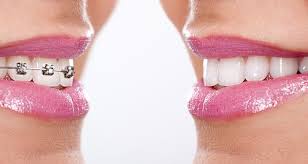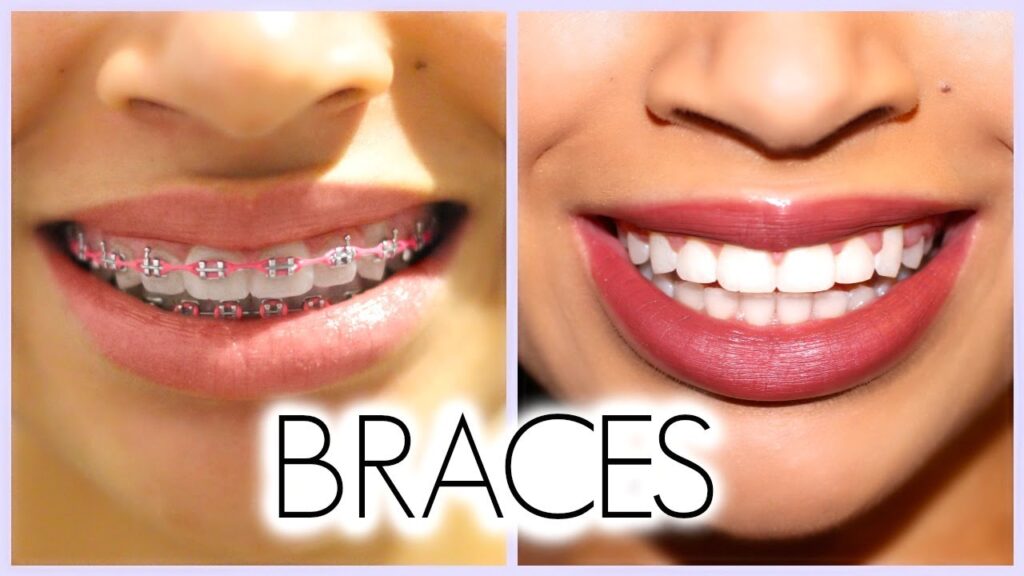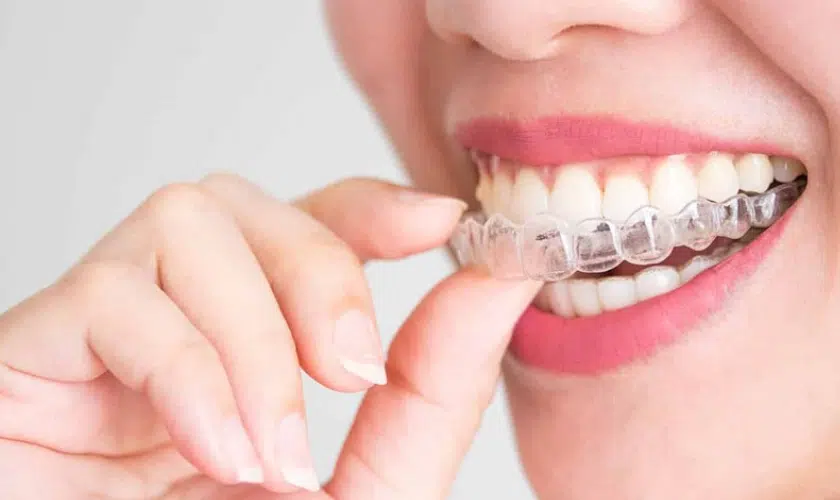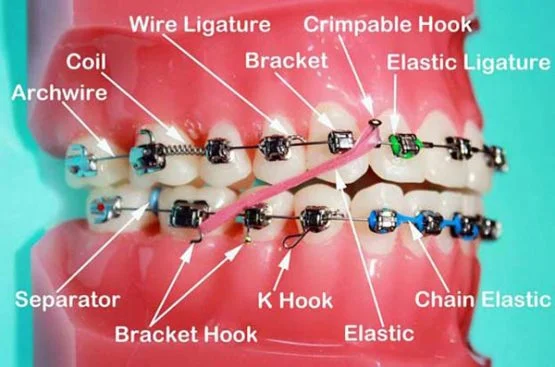
Braces
Transform Your Smile with Confidence
Braces have long been a fundamental part of orthodontic care, assisting millions in achieving a healthier, straighter smile over the years.Understanding the process and benefits can help you make a well-informed decision for yourself or your loved one, understanding the process and benefits can help you make an informed decision. This guide will walk you through everything you need to know about braces, from how they work to the various types available and what to expect throughout the treatment journey.


Types of Braces
Braces come in several types, each offering unique benefits and considerations. Here are the most common types:
Traditional Metal Braces: These are the most widely used and instantly recognizable type of braces. Made of stainless steel, they are durable and effective. Modern metal braces are smaller and less noticeable than those used in the past, making them a popular choice for patients of all ages.
Ceramic Braces: Ceramic braces are similar to metal braces but use tooth-colored or clear brackets that blend in with your natural teeth. They are less noticeable than metal braces, making them a preferred option for those who want a more discreet treatment.
Lingual Braces: Lingual braces are placed on the back (lingual) side of the teeth, making them nearly invisible from the front.While they offer the aesthetic advantage of being hidden, they can be more challenging to clean and adjust.
Clear Aligners: Clear aligners, such as Invisalign, provide a subtle alternative to traditional braces. These removable, custom-made trays are made from clear plastic and gradually guide your teeth into proper alignment without relying on metal brackets or wires. While effective for many, they may not be suitable for more complex orthodontic conditions.

Before and After Braces Treatment
Before: Crooked, crowded, or misaligned teeth can affect not just your appearance, but also your confidence and oral health. Biting, chewing, and even speaking may be challenging, and maintaining proper hygiene can be harder with misaligned teeth.
After: With braces, your teeth are gradually aligned into their ideal positions, creating a straighter, more beautiful smile. Braces improve not only aesthetics but also function, making it easier to chew, speak, and maintain good oral hygiene.

How Do Braces Work?
Braces are designed to correct misaligned teeth and bite issues by applying continuous pressure over time. This pressure gradually shifts the teeth into their proper positions. The basic components of braces include:
Brackets: These are small metal or ceramic squares that are bonded to each tooth using a special adhesive. Brackets hold the archwire in place and help guide the teeth into alignment.
Archwire: This thin metal wire is threaded through the brackets and provides the force needed to move the teeth. Archwires are adjusted periodically to ensure the desired movement of the teeth.
Elastic Bands: Often used in conjunction with braces, elastic bands (or ligatures) can help correct bite issues by applying additional pressure to specific areas of the mouth.
Bands: These are metal rings placed around the back teeth to anchor the archwire and provide additional support.

Benefits of Braces
Braces offer numerous benefits beyond just cosmetic improvement. Some of the key advantages include:
Enhanced Oral Health: Straightened teeth are simpler to clean and care for, lowering the likelihood of cavities and gum disease. Braces help correct issues such as overcrowding and spacing, which can lead to more effective oral hygiene practices.
Enhanced Function: Braces can correct bite issues, such as overbites, underbites, and crossbites. This can improve chewing and speaking functions, making daily activities more comfortable and efficient.
Increased Confidence: A straight, beautiful smile can significantly boost self-esteem and confidence. Braces can help you achieve a smile you’ll be proud to show off.
Long-Term Results: The results of braces can be long-lasting when combined with proper oral care and regular follow-up visits. Many patients enjoy a lifetime of benefits from their orthodontic treatment.
What to Expect During Treatment
The process of getting braces usually includes several stages:
Initial Consultation: At your first visit, your orthodontist will assess your teeth and discuss various treatment options. They may take X-rays, photographs, and impressions to develop a customized treatment plan for you.
Placement of Braces: Once you decide to proceed with braces, your orthodontist will carefully place the brackets and archwires on your teeth. This process may take one to two hours and is usually painless.
Adjustments: You will need to visit your orthodontist regularly (usually every 4-6 weeks) for adjustments. During these visits, the archwires and elastic bands are tightened or replaced to ensure your teeth are moving as planned.
Oral Care: Maintaining excellent oral hygiene is crucial while wearing braces. Brushing and flossing become even more important to prevent plaque buildup and decay around the brackets and wires.
Removal and Retainers: Once your treatment is complete, the braces will be removed, and your orthodontist will provide retainers to help maintain your new smile. Retainers are worn as directed to prevent your teeth from shifting back to their original positions.
Conclusion
Braces are a highly effective way to achieve a straighter, healthier smile. By understanding how they work, the different types available, and what to expect during treatment, you can confidently embark on your orthodontic journey. Whether you choose traditional metal braces, ceramic options, lingual braces, or clear aligners, the end result is a beautiful smile that can enhance both your appearance and your oral health.
